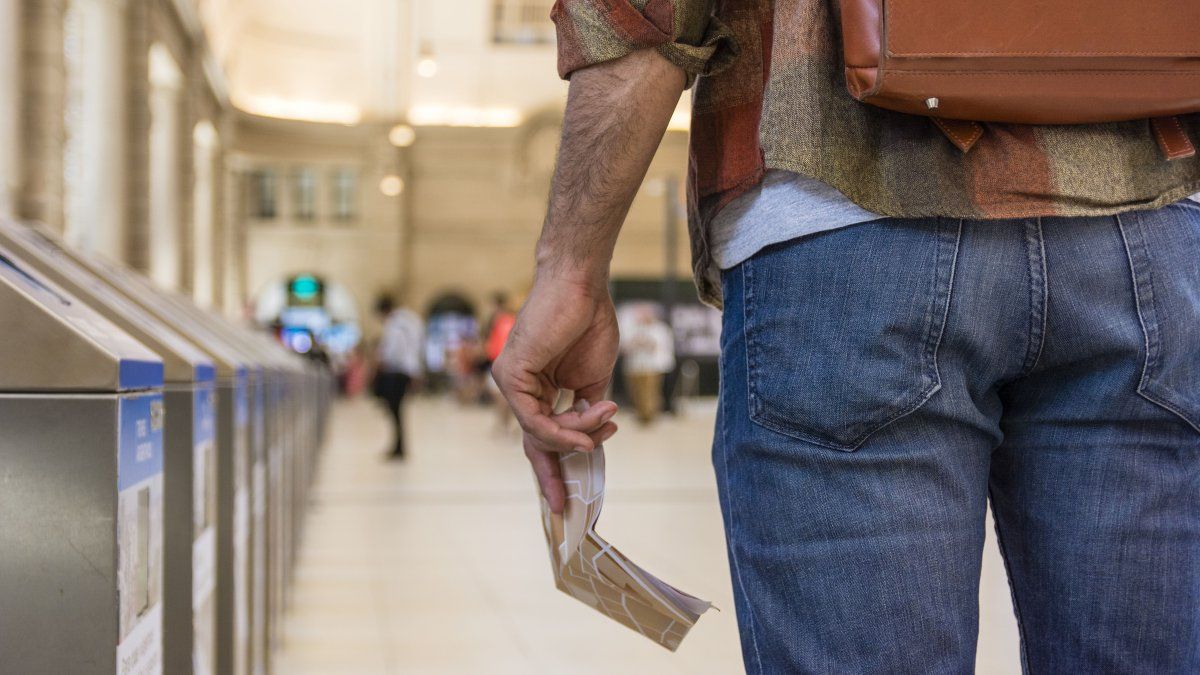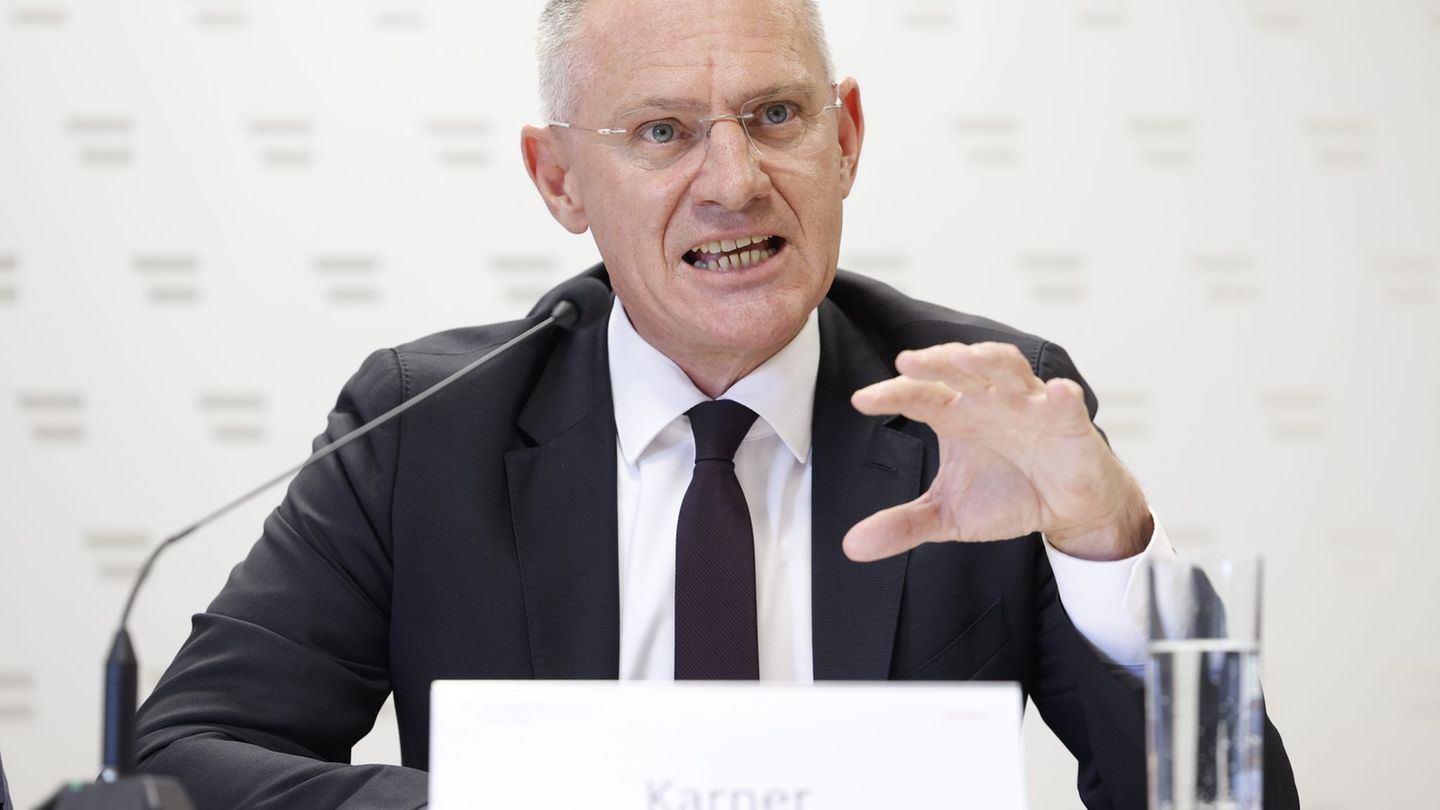Within the framework of International Migrant Day, SINGA, an organization dedicated to the inclusion of migrants and refugees, focuses on how migration is transforming identities in Spain, an increasingly diverse territory. According to the National Institute of Statistics (INE), nearly 2 million people in the country have two or more nationalities, a figure that reflects the growing cultural diversity and hybridization of identities.
Migration as a driver of change and innovation
The migration phenomenon has generated a significant change in the way in which Spaniards (and other inhabitants) understand the concept of belonging. Identities, previously “pure” or fixed, are transforming into something more fluid and dynamic. “Migration is not just a statistic, it is an engine of diversity, creativity and innovation,” he says. Flavia Catacora, director of SINGA Barcelona. Still, systemic barriers and limited recognition of foreign credentials remain obstacles in the workplace.
Art as a field of action
The art world, with its exclusive and elitist focus, presents greater challenges for people who carry with them a migration process. Artists like Karim Khourrouphotographer and researcher born in Catalonia, son of Moroccan immigrants, have faced a double identity. “Social education taught me to be Spanish, but at home I lived as a Moroccan,” says Khourrou. Through his work, and with the collective Alakhawatseeks to make visible what it means to be a migrant artist in a space where cultural borders are prominent.
On the other hand, Soumeya Lerarian Algerian activist and DJ based in Barcelona, highlights the importance of social capital. “As a migrant, sometimes you don’t know where to knock on the door, or what the local codes are. Only someone who has been through the same thing can help you,” he says.
A diverse future, with challenges to overcome
In Spain, newcomers represent a fundamental part of the labor and cultural force. However, many face precarious jobs or jobs outside their professional field. Art, far from being an exception, represents a sector that is often difficult to access.
“SINGA works for real inclusion, where diversity is not only accepted, but is seen as a catalyst for change,” concludes Catacora. Through its work, this organization promotes a change in the collective imagination about migration, in which the talent of the people who carry out a migratory process is recognized, and demonstrate that a more open society can only lead to a more open society. cohesive, innovative and prosperous. Catacora leaves a clear message: “hybrid identities are a transformative reality and, far from being a barrier, they are a key driver of change for the social and environmental challenges that Spain faces.”
Source: Ambito




